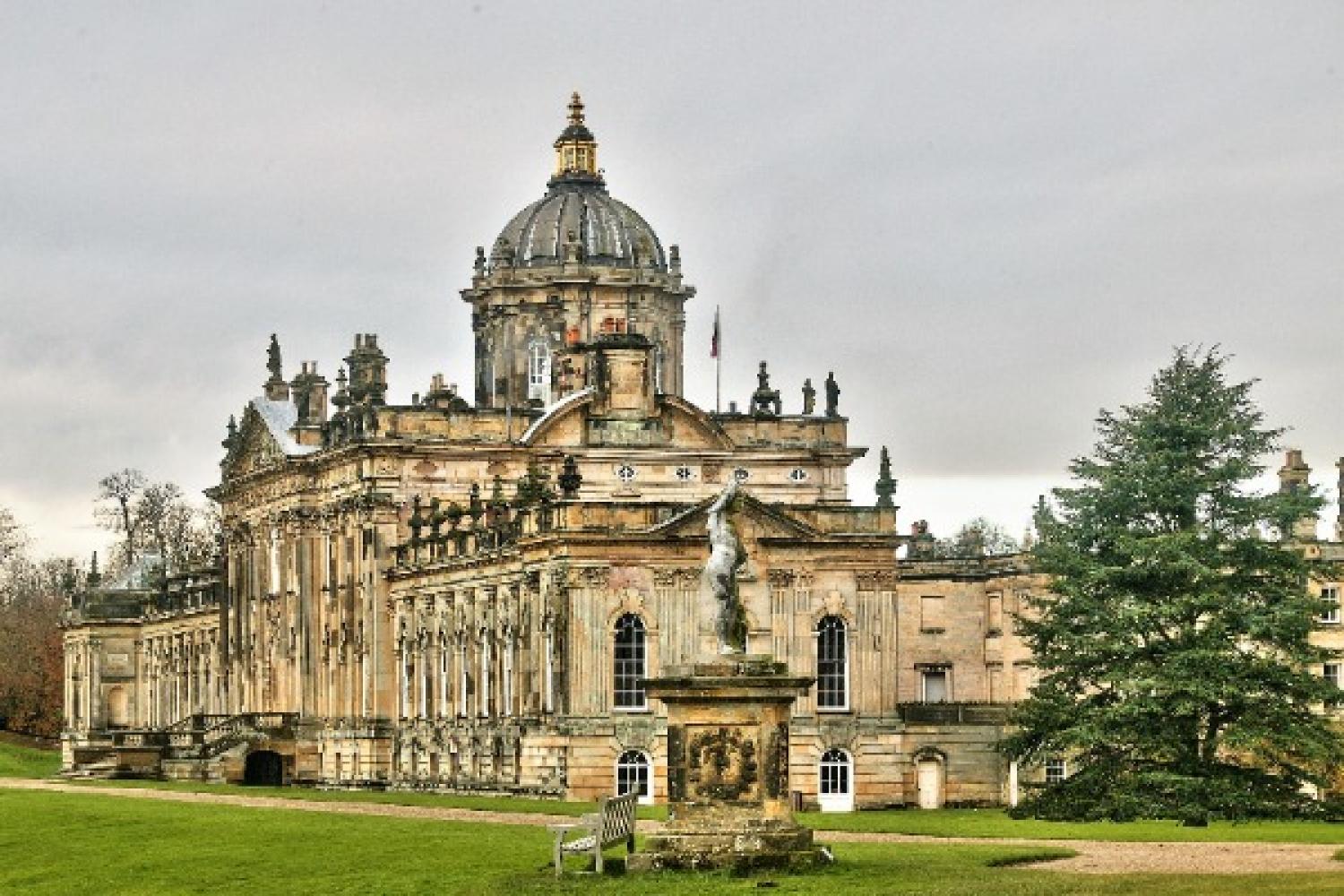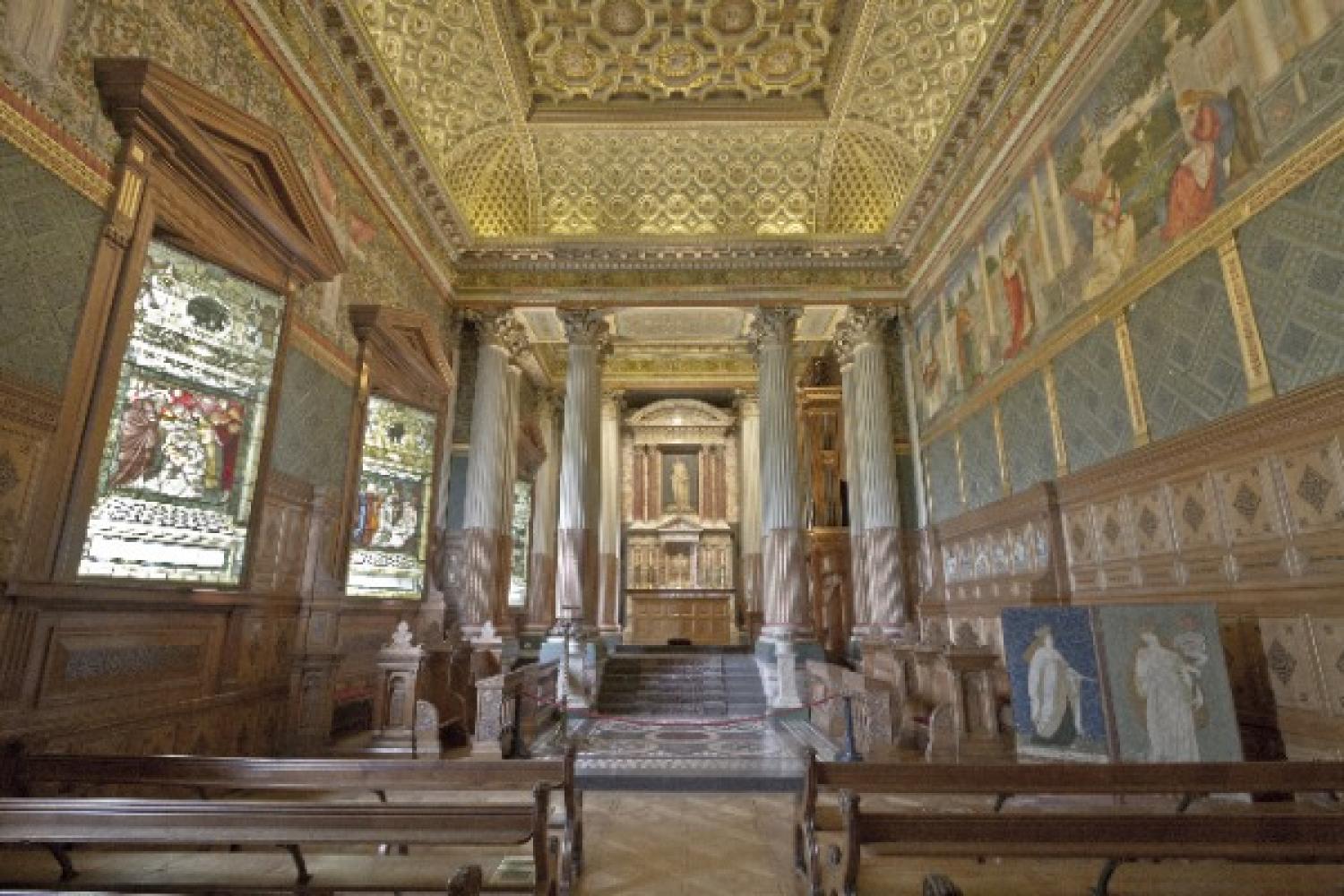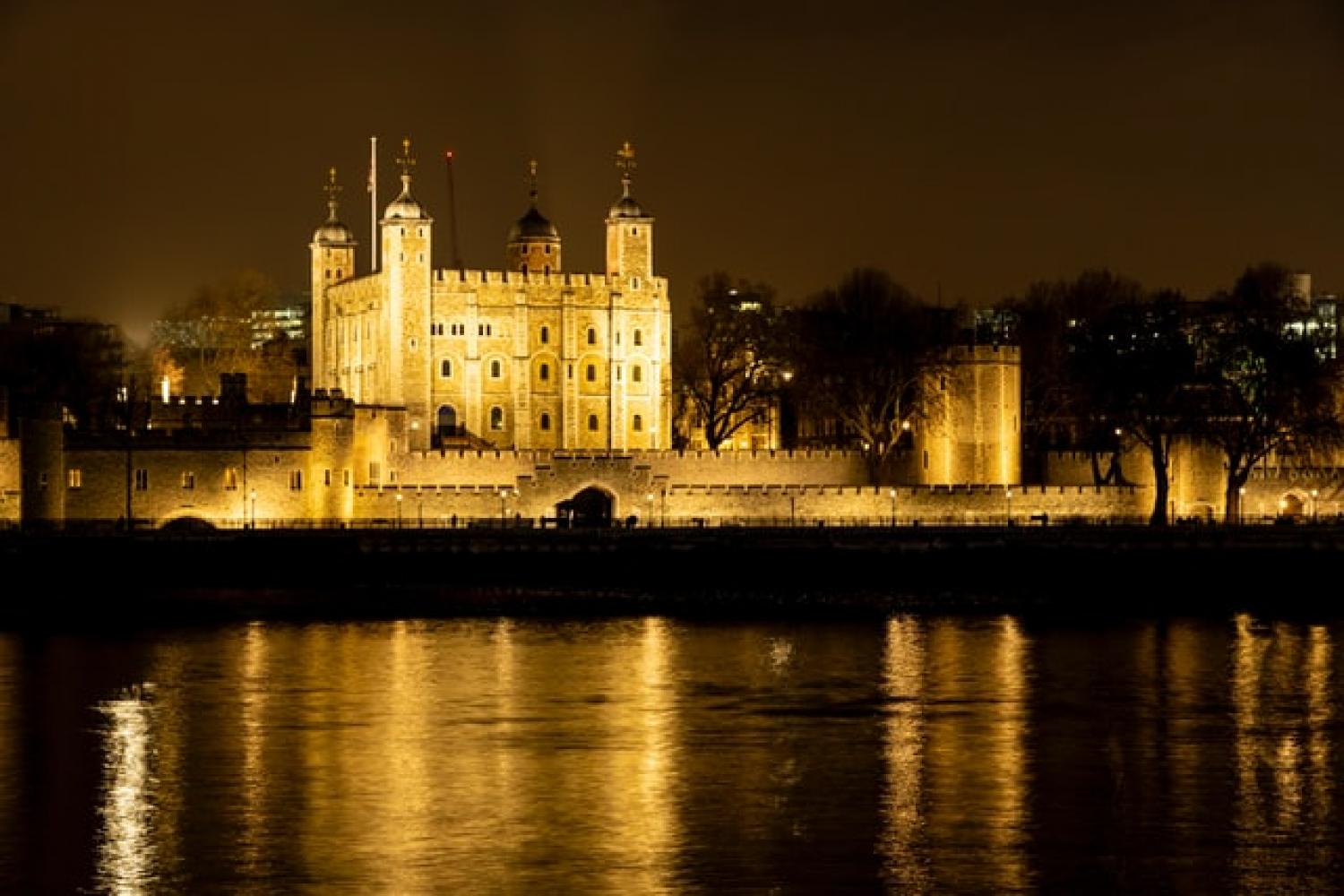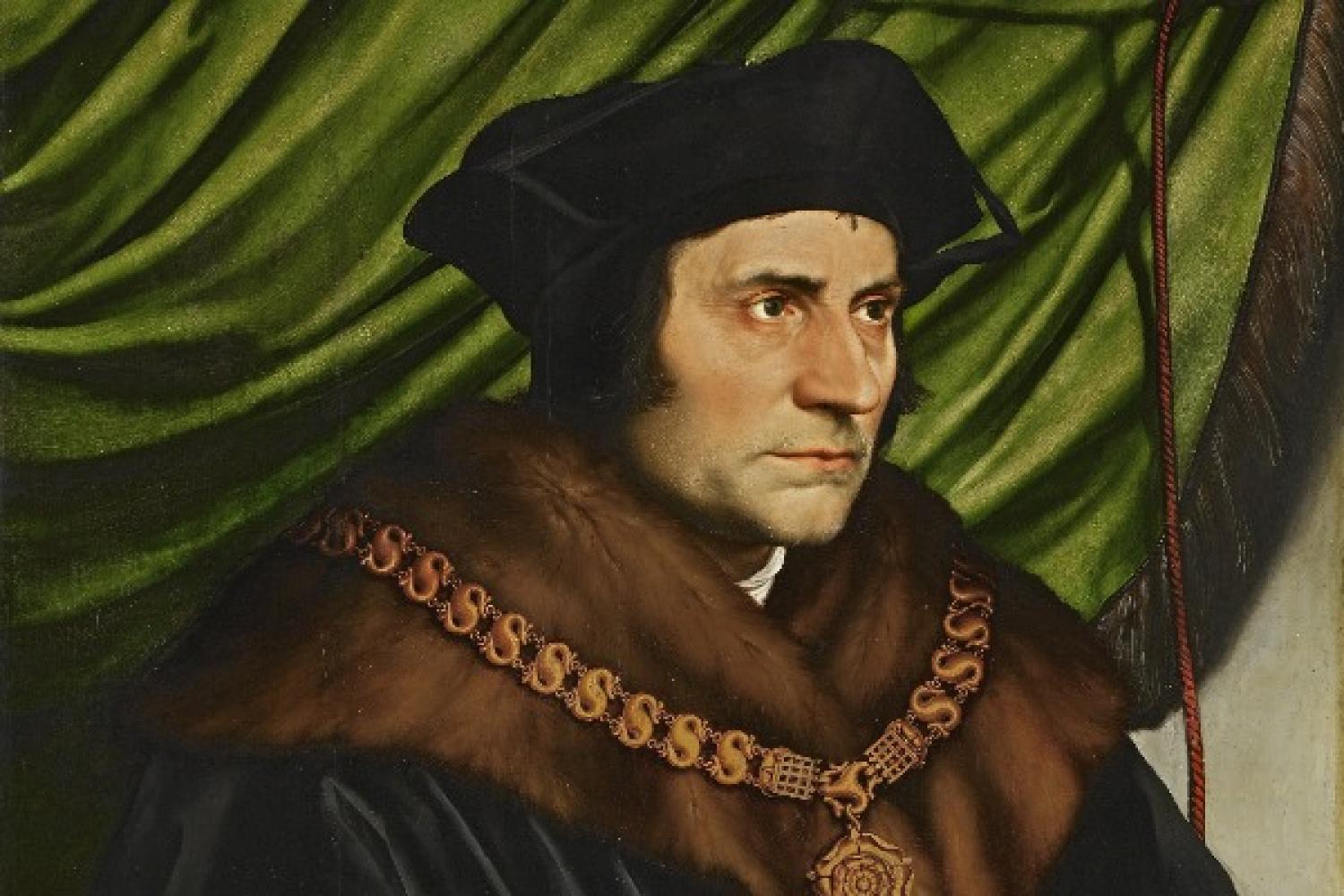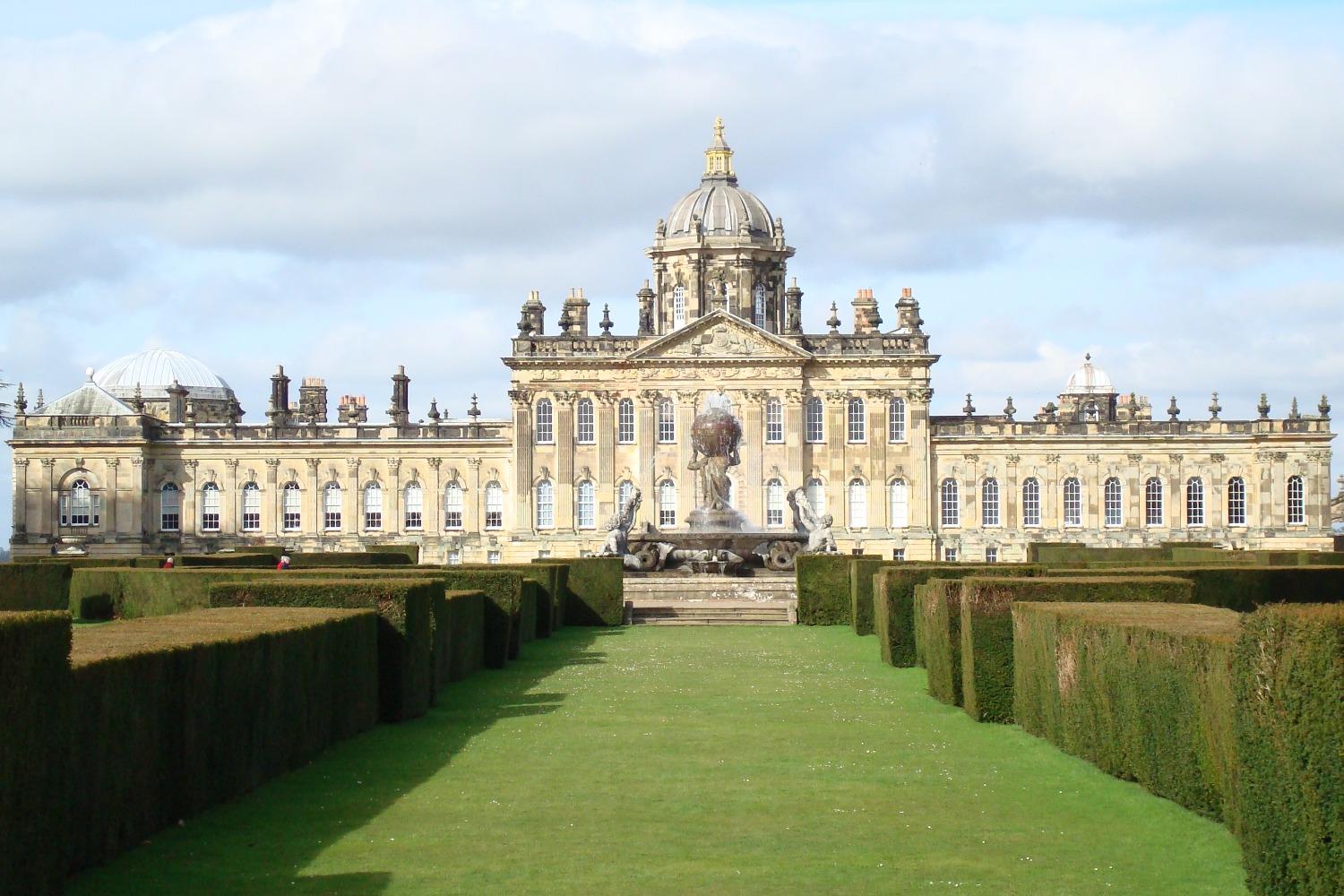
George Weigel's Letters to a Young Catholic explores and comments on Catholic culture, examining history and theology, art and architecture, literature and music. This article is the seventh in a series that walks through Weigel's work letter by letter, providing imagery to enhance the reader's experience. Here we explore "Letter Seven, Castle Howard, Yorkshire, England: Brideshead Revisited and the Ladder of Love." Click here to view the entire series.
One bright thread that runs through Weigel’s Letters to a Young Catholic is our confrontation with reality and with the truth-of-things-as-they-really-are. How do we react when we are confronted with the reality of a person, a situation, or ourselves? Do we submit ourselves to the truth-of-things or do we fly into fantasy to escape reality? Do we root ourselves in reality or do we rage against it? In Chapter Seven, Weigel contemplates this confrontation between the self and reality and observes that it is only when we honestly engage reality and resist the urge to flee from it that we are truly able to love others and God. Weigel approaches these questions through two places, Castle Howard and the Tower of London, two works of literature, Brideshead Revisited and A Man for All Seasons, set against the musical backdrop of Durufle’s motet, Ubi Caritas et Amor.
Castle Howard sits amid forested hills in the north of England and is a seat of the Howard family, one of the oldest Catholic recusant families to navigate and survive post-Reformation England, remaining steadfast to the Old Faith despite intense pressure and persecution. St. Thomas More was martyred in the Tower of London in this same period for his adherence to truth. Done in a flamboyant Baroque style, Thomas Howard’s stately house is topped with a dome and flanked by two wings that spread out into a thousand acres of parkland, gardens, and forest. A walk through the garden is a delight, with fountains, statues, folies, and lakes to draw the visitor further along the path. More surprisingly, the house possesses a unique feature not found in most homes of the period: a Catholic chapel. It is a jewel box of ornate decoration and rich color, with lush pre-Raphaelite windows and paintings and William Morris designs centered on a golden tabernacle.
The house, gardens, and chapel figure prominently in the 1981 miniseries adaptation of Evelyn Waugh’s Brideshead Revisited, standing in for Brideshead, the estate of the fictitious Flyte family. The setting prompts Weigel to reflect on the nature of the encounter with Truth and our response to it, for the main character of the novel, Charles Ryder, is gradually drawn into deeper encounters with the truth of faith and things-as-they-are through his relationships with the various members of the Flyte family. None of the Flytes are model Christians and each struggles mightily with, and yet ultimately conforms to, the truth and beauty that Catholicism expresses. The father, Lord Marchmain, escapes the demands of faith and family by fleeing to Venice with his mistress; the mother, Lady Marchmain, alternately oppresses and charms with a piety that strains for charity; the oldest son, Bridey, is rigid and pious and dutiful; the oldest daughter, Julia, rebels against the demands of faith through a flamboyant society life; the youngest son, Sebastian, flees the demands of adulthood with alcohol and a teddy bear; and Cordelia, the youngest daughter, dreams of religious life but lacks a vocational call. Ryder first comes to know the Flytes as Sebastian’s Oxford friend who is invited to holidays and vacations at Brideshead. At each encounter, he comes to observe how each family member wrestles with truth and its demands. Weigel argues that it is through his relationships with the Flytes, haunted as they are by questions of truth and the mystery of life, that Charles Ryder is finally drawn into belief.
These encounters with truth, experienced through his love for Sebastian and Julia, gradually transform Ryder and prepare him to decisively confront Truth for himself. Weigel calls this transformation the “ascent of the ladder of love.” Just as each of the Flytes, one by one, abandons their campaign of rebellion to be conquered by Love, Ryder himself ultimately faces the Truth of himself and all that is, and capitulates. He had tried to dismiss the claims of truth as unreasonable nonsense. In the end, he can no longer avoid them and faces them squarely and honestly, and in doing so, finds the stability and peace he had sought all along. Weigel thinks that Ryder’s honesty requires a certain self-possession and maturity, and these are necessary if we are to live life fully and love truly. A person who is honest with himself and others about the truth of himself, God, and the world is a person who knows how to love things and persons for what they are. Through the trials of suffering and love, Charles Ryder and Thomas More come to see and love the world as it really is, with all its brokenness and beauty and divine possibility.
Photo Attribution A: "Castle Howard, Yorkshire, UK" by jcw1967 is licensed under CC BY 2.0.
Photo Attribution B: "Castle Howard Chapel" by Mdbeckwith is licensed under CC BY 3.0.
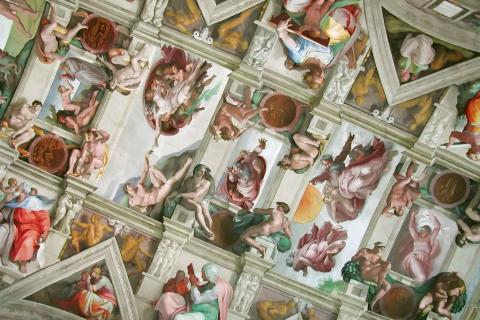
Next: Body Language, God-Talk, and the Visible Invisible
In the eighth chapter of "Letters to a Young Catholic," Weigel explores the masterfully decorated Sistine Chapel, which shows forth the grand drama of salvation history and threatens to pull back the veil of the spiritual realm.
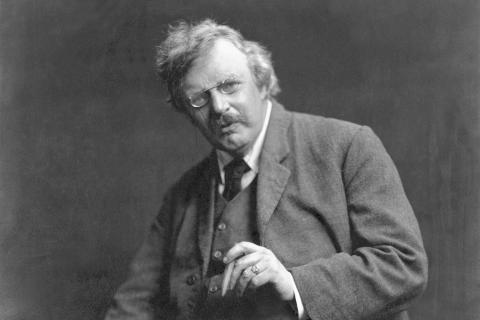
Previous: Chesterton's Pub and a Sacramental World
In the sixth chapter of Letters to a Young Catholic, Weigel explores Ye Olde Cheshire Cheese to reflect on the life and vision of G.K. Chesterton.

The First Draught
To receive the Weekly Update in your inbox every week, along with our weekly Lectio Brevis providing insights into upcoming Mass readings, subscribe to The First Draught.
